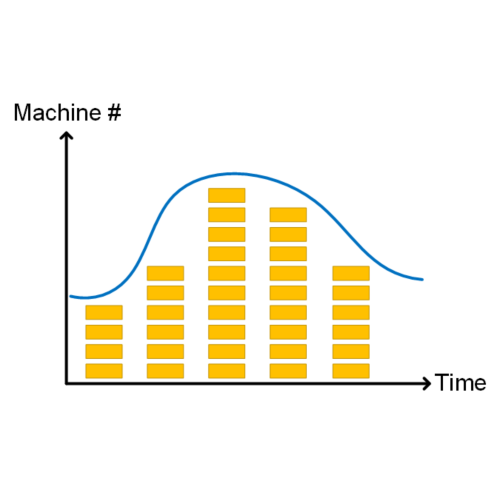Architecture
ElaSQL runs on multiple datacenters, each of which owns a full replica of data. Within each datacenter, the data are partitioned and placed on a cluster of machines/nodes. ElaSQL supports relational model and does not require data to be perfectly partitionable. It handles distributed transactions across partitions in a replica. Therefore, it is suitable for complex, large-scale OLTP applications such as real-time data analysis, financial, and social networking services.

Without serving ad-hoc transactions, ElaSQL is able to pre-order the transaction requests totally (i.e., across all replicas/datacenters and partitions/machines). It then executes the transactions while making sure that the net effect will be equivalent to that of serial execution of transactions following the total order. To do so, the Scheduler on each machine, once getting the total-ordered transaction requests, decides which transactions are “relevant” ones that should be handled by the Transaction Manager residing on the same machine. Once the relevant transactions are determined, the Transaction Manager executes these transactions concurrently using multiple threads, and, in the presence of distributed transactions, communicate with other machines (within the same datacenter) holding different data partitions.


